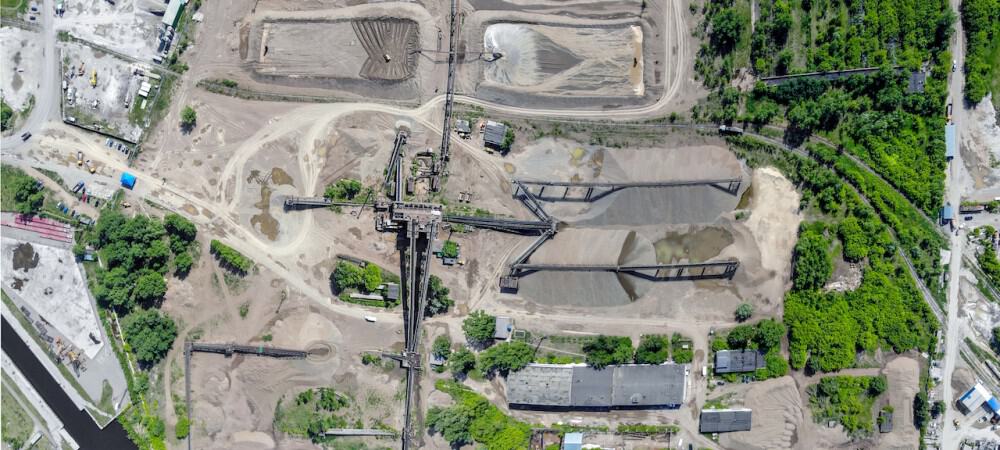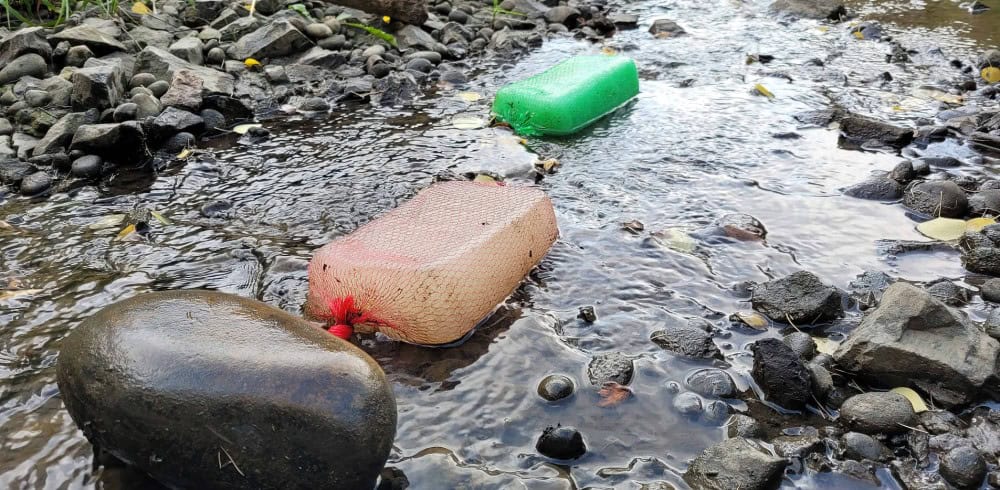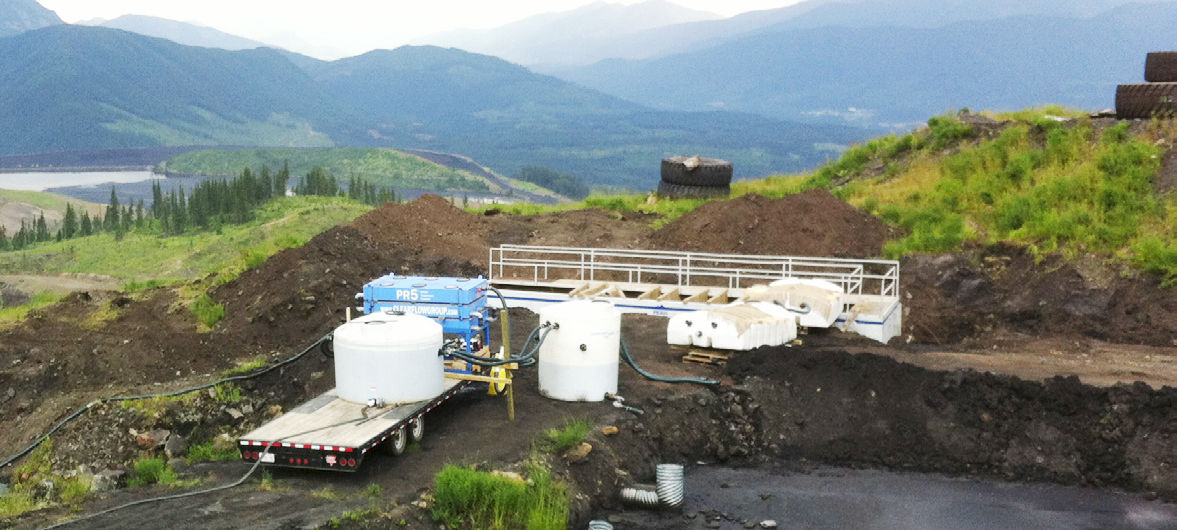Clearflow products provide an environmentally safe, effective, and efficient treatment for total suspended solids reduction and regulatory limits are met.
To meet regulatory requirements for Total Suspended Solids (TSS) reduction, and clean water discharge, it’s essential to employ a treatment process that is not only environmentally safe but also effective and efficient. The ideal solution should be mobile, have a compact footprint, require minimal energy input, and be operable by unskilled personnel.
Clearflow offers an innovative solution that ticks all these boxes. By implementing Gel Flocculant blocks and Treated Fabric, Clearflow has developed a system designed for easy deployment and maximum efficiency. In a recent application, the system was installed in two 350 BBL weir tanks, demonstrating its capacity to handle large volumes of water with high TSS concentrations.
Clearflow Clean Water Treatment Process
The process begins with drilling water being pumped into the first tank, where it comes into contact with the Gel Flocculant blocks. These blocks are highly effective at initiating rapid settling of suspended solids. As the water flows through the primary tank, the flocculant causes the TSS to clump together and settle at the bottom, leaving the water significantly clearer.
This clarified water then moves into the secondary (polishing) tank, where any remaining ultra-fine particles are filtered out using Treated Natural Fabric. This dual-stage treatment ensures that the water meets stringent regulatory limits for TSS, while the system’s design remains simple enough to be operated by unskilled staff.
Moreover, the system’s low energy requirements and small footprint make it an environmentally friendly option, ideal for on-site treatment in remote or sensitive locations. Its adaptability to various environments and ease of use further enhance its appeal. With Clearflow’s solution, regulatory compliance is not just achievable, but also sustainable and efficient, ensuring that environmental impact is minimized while operational costs are kept in check.







